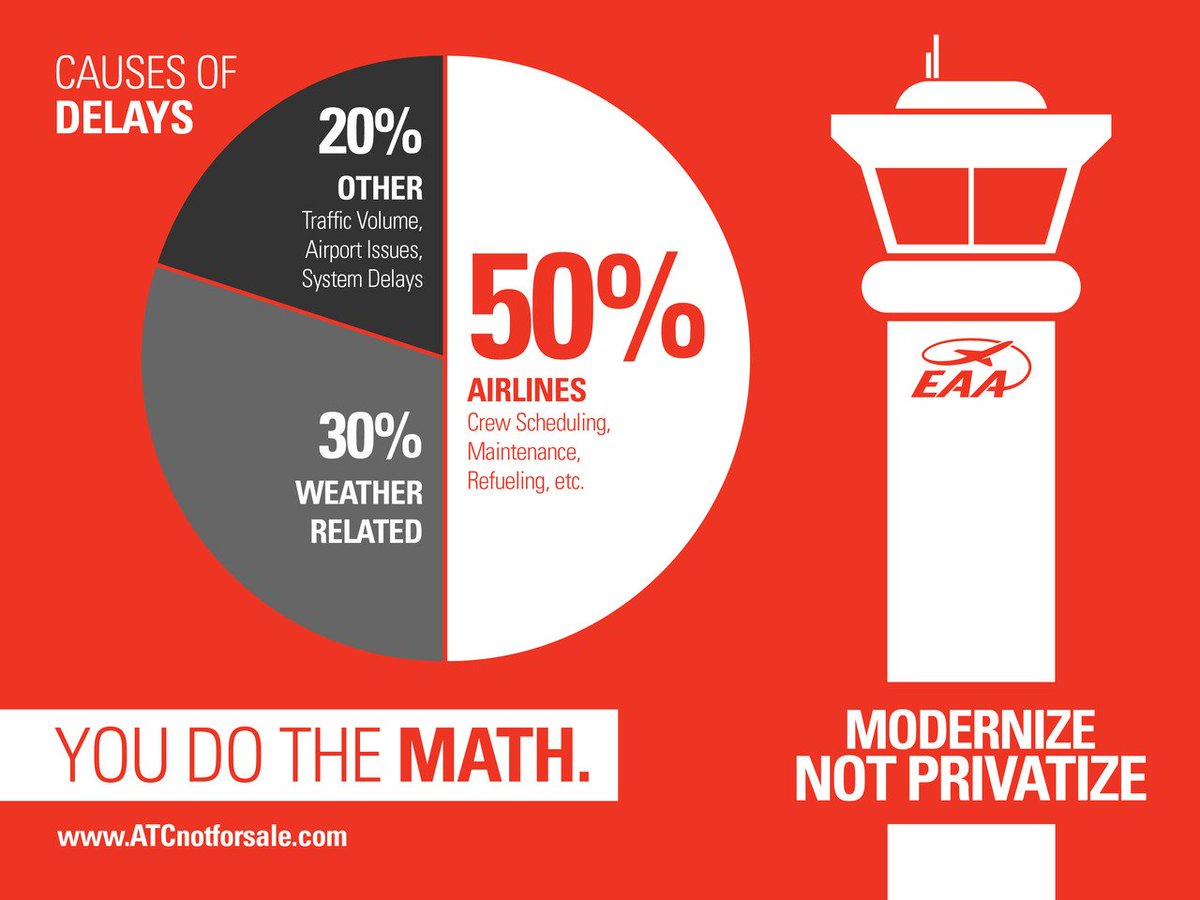-
Making the Brazilian ATR-72 Spin
by
No Comments

Note: This story was corrected on August 10th at 10:23 am, thanks to the help of a sharp-eyed reader.
Making an ATR-72 Spin
I wasn’t in Brazil on Friday afternoon, but I saw the post on Twitter or X (or whatever you call it) showing a Brazil ATR-72, Voepass Airlines flight 2283, rotating in a spin as it plunged to the ground near Sao Paulo from its 17,000-foot cruising altitude. All 61 people aboard perished in the ensuing crash and fire. A timeline from FlightRadar 24 indicates that the fall only lasted about a minute, so the aircraft was clearly out of control. Industry research shows Loss of Control in Flight (LOCI) continues to be responsible for more fatalities worldwide than any other kind of aircraft accident.
The big question is why the crew lost control of this airplane. The ADS-B data from FlightRadar 24 does offer a couple of possible clues. The ATR’s speed declined during the descent rather than increased, which means the aircraft’s wing was probably stalled. The ATR’s airfoil had exceeded its critical angle of attack and lacked sufficient lift to remain airborne. Add to this the rotation observed, and the only answer is a spin.

Can a Large Airplane Spin?
The simple answer is yes. If you induce rotation to almost any aircraft while the wing is stalled, it can spin, even an aircraft as large as the ATR-72. By the way, the largest of the ATR models, the 600, weighs nearly 51,000 pounds.
Of course, investigators will ask why the ATR’s wing was stalled. It could have been related to a failed engine or ice on the wings or tailplane. (more…)
-
How the FAA Let Remote Tower Technology Slip Right Through Its Fingers
by
No Comments
In June 2023, the FAA published a 167-page document outlining the agency’s desire to replace dozens of 40-year-old airport control towers with new environmentally friendly brick-and-mortar structures. These towers are, of course, where hundreds of air traffic controllers ply their trade … ensuring the aircraft within their local airspace are safely separated from each other during landing and takeoff.
The FAA’s report was part of President Biden’s Infrastructure Investment and Jobs Act enacted on November 15, 2021. That bill set aside a whopping $25 billion spread across five years to cover the cost of replacing those aging towers. The agency said it considered a number of alternatives about how to spend that $5 billion each year, rather than on brick and mortar buildings.
One alternative addressed only briefly before rejecting it was a relatively new concept called a Remote Tower, originally created by Saab in Europe in partnership with the Virginia-based VSATSLab Inc. The European technology giant has been successfully running Remote Towers in place of the traditional buildings in Europe for almost 10 years. One of Saab’s more well-known Remote Tower sites is at London City Airport. London also plans to create a virtual backup ATC facility at London Heathrow, the busiest airport in Europe.
A remote tower and its associated technology replace the traditional 60-70 foot glass domed control tower building you might see at your local airport, but it doesn’t eliminate any human air traffic controllers or their roles in keeping aircraft separated.

Max Trescott photo Inside a Remote Tower Operation
In place of a normal control tower building, the airport erects a small steel tower or even an 8-inch diameter pole perhaps 20-40 feet high, similar to a radio or cell phone tower. Dozens of high-definition cameras are attached to the new Remote Tower’s structure, each aimed at an arrival or departure path, as well as various ramps around the airport.
Using HD cameras, controllers can zoom in on any given point within the camera’s range, say an aircraft on final approach. The only way to accomplish that in a control tower today is if the controller picks up a pair of binoculars. The HD cameras also offer infrared capabilities to allow for better-than-human visuals, especially during bad weather or at night.
The next step in constructing a remote tower is locating the control room where the video feeds will terminate. Instead of the round glass room perched atop a standard control tower, imagine a semi-circular room located at ground level. Inside that room, the walls are lined with 14, 55-inch high-definition video screens hung next to each other with the wider portion of the screen running top to bottom.
After connecting the video feeds, the compression technology manages to consolidate 360 degrees of viewing area into a 220-degree spread across the video screens. That creates essentially the same view of the entire airport that a controller would normally see out the windows of the tower cab without the need to move their head more than 220 degrees. Another Remote Tower benefit is that each aircraft within visual range can be tagged with that aircraft’s tail number, just as it might if the controller were looking at a radar screen. (more…)
-
Bruce McCandless, the Astronaut in the Iconic Photo
by
No Comments

/
RSS FeedBruce McCandless, the Astronaut In the Iconic Photo, by Micah Engber

Listen to the episode or read it below
When you think about the first space walk maybe you think about Cosmonaut Alexei Leonov who in March 1965 was the first man to ever leave the relative safety of a space capsule. Maybe it’s Ed White you think of, who in June 1965 opened the hatch of Gemini 4 and was the first American to walk in space.
The name Gene Cernan may come to mind. He flew Gemini 9A in June of 1966 and spent over two hours on an EVA. That EVA almost killed him due to our lack of understanding of the physical exertion it took to work in space, and the cooling system in his space suit not being able to keep up with it.
Then there’s Buzz Aldrin, sure, the second man on the moon, but actually the first man to successfully conduct a mission while on a space walk. In November 1966, on Gemini 12, the final Gemini mission, Buzz Aldrin conducted 3 EVAs that totaled more than five hours in space. Buzz Aldrin was the man that really taught us how to work in space.
EVAs seem rather common place today. Even though they’re always incredibly dangerous, always a challenge, and always very closely monitored both from on board the space craft and from the ground; the general public doesn’t think of EVA’s as anything special. In some ways that’s sad. It’s also sad that we also don’t think of the man that paved the way for the modern spacewalk, probably don’t know his name, and certainly don’t have any idea that he passed away on December 21 of 2017.
In February 1984, at the age of 39, Bruce McCandless was the first person to ever truly walk in space, and by truly, I mean untethered. You see, those four space walks I mentioned before, while all incredible feats of both courage and science, all had one thing in common, those men were tethered to their spacecraft, connected by an umbilical cord. Although in an emergency, none of them could be safely pulled back into their spacecraft by the tether, they couldn’t just go floating off in space. On the other hand, in February 1984, Bruce McCandless flew in space, no strings attached; he piloted himself in what we called the MMU, the Manned Maneuvering Unit. (more…)
-
Science Fiction and Our Believable World
by
No Comments
 It has been decades since I’ve read any science fiction. Roaming the dusty shelves of my memory’s recall, the last such cover I cracked was called, I think, The Way Station. Like the other tomes I’d read in the genre, it described a fantastic future implausible for the time.
It has been decades since I’ve read any science fiction. Roaming the dusty shelves of my memory’s recall, the last such cover I cracked was called, I think, The Way Station. Like the other tomes I’d read in the genre, it described a fantastic future implausible for the time.The protagonist was named Enoch something or other, and an alien chose him to become the ageless caretaker of a backwoods cabin that was a way station for interplanetary travel in the vein of Beam-Me-Up, Scotty. It existed in prosaic world that could have been my home, had my suburb been more rural and wooded. (Ha! Wikipedia suggests that I’m holding dementia at bay. Clifford D. Simak published Way Station in 1963.)
After Christmas, looking for way to spend my gift card at Half-Price Books, I came across The Martian by Andy Weir. With none of the nonfiction titles of the shelves capturing my attention, I thought, why not? I really enjoyed the movie (so much that we bought the Blu-Ray), which starred Matt Damon. It was worth $7 to find out how closely the movie kept to the book.
 The screenwriter did an excellent job of distilling Weir’s 369 pages into a 141-minute movie. The angel’s share was the more in-depth explanation of the science the planet’s sole inhabitant, Mark Watney, employed to survive. There were a few other points, like the rover’s emergency pop-up tents, whose excision really didn’t hurt the movie but really added to the book’s reality.
The screenwriter did an excellent job of distilling Weir’s 369 pages into a 141-minute movie. The angel’s share was the more in-depth explanation of the science the planet’s sole inhabitant, Mark Watney, employed to survive. There were a few other points, like the rover’s emergency pop-up tents, whose excision really didn’t hurt the movie but really added to the book’s reality.In both mediums, what really got my attention was the reversal of believability. All of the science, aerospace, or otherwise that described the Ares missions to Mars and the science that made possible Watney’s survival was available and possible today. Like Right Now! The movie suggests this, and the books more in-depth examinations make this indisputably clear.
The book never really touched on the underlying fantastic unbelievable circumstances that made the five-part Ares mission to Mars possible, and the movie added just a few lines of dialogue that hinted at it, when the program manager urged the NASA administrator to seek Congressional funding for a sixth mission to Mars.
 The idea that our leaders would maintain their attention span for the time it took to plan and execute the Ares exploration of Mars is the fiction. Following this tangent I searched my mind for the last big thing America built that wasn’t promoted by some sort of conflict, like global war or conquest of space and the moon. The Golden Gate Bridge and Hoover Dam were the first things that came to mind, and they were both public works projects with the ulterior motive of putting people back to work during the depression.
The idea that our leaders would maintain their attention span for the time it took to plan and execute the Ares exploration of Mars is the fiction. Following this tangent I searched my mind for the last big thing America built that wasn’t promoted by some sort of conflict, like global war or conquest of space and the moon. The Golden Gate Bridge and Hoover Dam were the first things that came to mind, and they were both public works projects with the ulterior motive of putting people back to work during the depression.Another question I could not answer was when was the last time this nation had an approved federal budget in place before the next fiscal year started on October 1. I’m sure it has happened at least once since we declared our independence, but I can’t remember such an event in my lifetime, and I doubt I will see it in whatever time is left to me.
And given the increasing shortness of our national attention span and tolerance of ideas contrary to the one we hold to be “true,” it seems unlikely that this nation will ever again plan, build, and accomplish something big that’ not connected to the military. Pondering this sad reversal of achievable possibilities, one thing seems clear. I must read more science fiction. — Scott Spangler, Editor
-
Will 2018 Better Focus Our Aviation Future?
by
No Comments
 Happy New Year! I hope you all shared a safe and joyous celebration with family and friends. And warm. Let’s not forget warm. The air temp was double digits below zero here in Wisconsin, and the wind chill was about three times that. Avoiding hypothermia was, however, a good distraction from thinking about the inexorable march of time and our aviation future.
Happy New Year! I hope you all shared a safe and joyous celebration with family and friends. And warm. Let’s not forget warm. The air temp was double digits below zero here in Wisconsin, and the wind chill was about three times that. Avoiding hypothermia was, however, a good distraction from thinking about the inexorable march of time and our aviation future.A pragmatic realist, I know that for aviation, it could go either way. Whether it focuses on the positive or negative side of the line depends, in part, on your point of view of the past, present, and future. There is no better example of this than automation technology’s steady march into the cockpit. Aurora successfully demonstrated its autonomous UH-1H for the U.S. Marines at Quantico.
Passenger-carrying aircraft—airliners—are in technology’s sights, and it will, perhaps, forever solve the cyclic pilot shortages that plague commercial aviation. Again, whether this is good or bad depends on your point of view and aviation situation. General aviation’s future is more precarious. The outcome of several factors in 2018 will provide better focus on its future.
 If the politicians give control of air traffic control to the airlines by privatizing the system, general aviation, as we’ve known it, it is a goner. This outcome will depend on how many people pull their heads out of vapid partisan ideological echo chambers and rise up as a concerted whole and firmly, but civilly, push the Star Trek mantra that the needs of the many outweigh the needs of the few.
If the politicians give control of air traffic control to the airlines by privatizing the system, general aviation, as we’ve known it, it is a goner. This outcome will depend on how many people pull their heads out of vapid partisan ideological echo chambers and rise up as a concerted whole and firmly, but civilly, push the Star Trek mantra that the needs of the many outweigh the needs of the few.This mantra could also be a greater salvation, because decades of income inequality affects more than those who can’t afford the dream of flight. In that regard, maybe giving ATC to the airlines would be a kinder end to general aviation, a coup de grace, as it were. Starvation, an insufficient number of new pilots and aircraft owners to sustain general aviation, is a more painful end.
How many aircraft owners decide this year to comply with the ADS-B mandate should bring this aspect of aviation’s future into better focus. The requirement for ADS-B capabilities takes effect two years from today. While the numbers vary, those who count them agree that the number of aircraft owners who installed the equipment is well off the pace that indicates full compliance.
 This could mean that general aviation aircraft owners are either frugal procrastinators waiting for the best ADS-B deal or frugal Baby Boomers who will enjoy the freedom of flight until December 31, 2019, and then retire from the sky and sell their winged prides and joy. Two numbers will chart this course; those upgrading to ADS-B (and the volume of owners griping about the avionic shop lead time as they vie for precious openings) and the prices they ask when putting their aircraft up for sale (and the volume of their griping about the price relationship between supply and demand).
This could mean that general aviation aircraft owners are either frugal procrastinators waiting for the best ADS-B deal or frugal Baby Boomers who will enjoy the freedom of flight until December 31, 2019, and then retire from the sky and sell their winged prides and joy. Two numbers will chart this course; those upgrading to ADS-B (and the volume of owners griping about the avionic shop lead time as they vie for precious openings) and the prices they ask when putting their aircraft up for sale (and the volume of their griping about the price relationship between supply and demand).As it has since the Wrights launched the industry more than a century ago, only time will tell what course aviation’s future will take. But regardless of the outcome of its many challenges it has faced over its lifetime, and regardless of how the solutions to those challenges affected those involved, aviation continued in one form or another. And it will continue because it continues to covet fundamental contribution to humanity. — Scott Spangler, Editor



